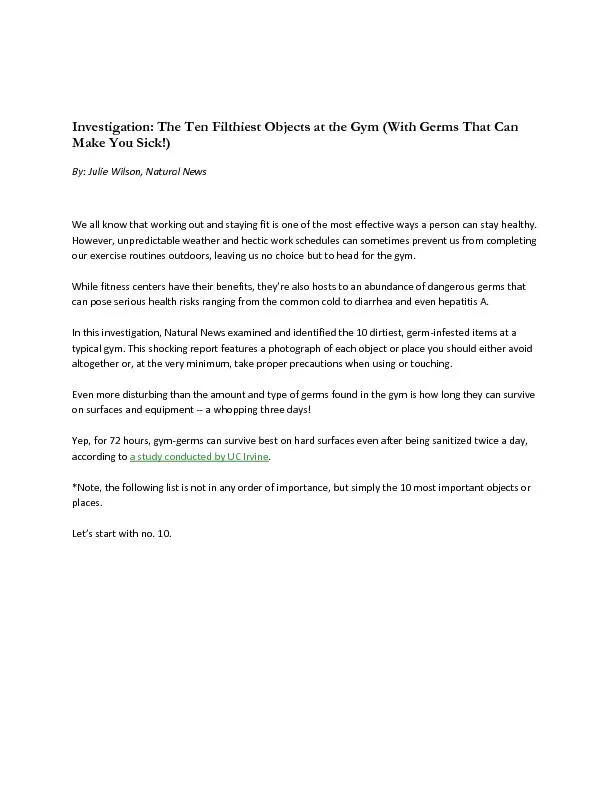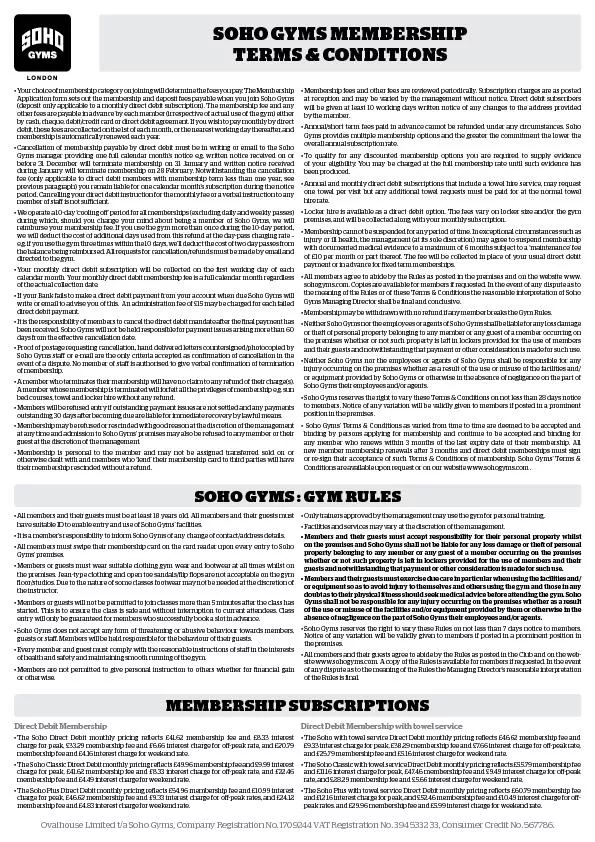PDF-Investigation: The Ten Filthiest Objects at the Gym (With Germs That C
Author : debby-jeon | Published Date : 2016-06-04
Make You Sick By Julie Wilson Natural News We all know that working out and staying fit is one of the most effective ways a person can stay healthy However unpredictable
Presentation Embed Code
Download Presentation
Download Presentation The PPT/PDF document "Investigation: The Ten Filthiest Objects..." is the property of its rightful owner. Permission is granted to download and print the materials on this website for personal, non-commercial use only, and to display it on your personal computer provided you do not modify the materials and that you retain all copyright notices contained in the materials. By downloading content from our website, you accept the terms of this agreement.
Investigation: The Ten Filthiest Objects at the Gym (With Germs That C: Transcript
Download Rules Of Document
"Investigation: The Ten Filthiest Objects at the Gym (With Germs That C"The content belongs to its owner. You may download and print it for personal use, without modification, and keep all copyright notices. By downloading, you agree to these terms.
Related Documents














